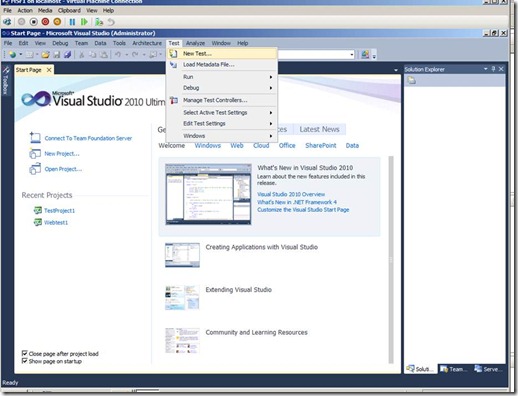Before starting implementing performance counters, be sure you are not using one of the following options:
– /3GB switch – is not supported http://support.microsoft.com/kb/933560
Reducing the size of the kernel mode memory buffers when in /3GB mode causes unacceptable
performance in Windows SharePoint Services file-transfer operations.
– Web gardens – http://support.microsoft.com/kb/822171/ IIS 6.0 Session State May Be Lost If You Use Web Gardens with ASP Applications
– Priority Boost on SQL server – http://support.microsoft.com/kb/319942 How to determine proper SQL Server configuration settings
By default, the priority boost setting is 0, which causes SQL Server to run at a normal priority whether you run SQL Server on a uniprocessor computer or on a symmetric multiprocessor (SMP) computer. If you set priority boost to 1, the SQL Server process runs at a high priority
Once you have removed all those options you can start implementing performance counters and start analyzing them.

![clip_image002[4] clip_image002[4]](http://www.sharepointboco.com/wp-content/uploads/2012/01/clip_image0024_thumb1.jpg)
![clip_image004[4] clip_image004[4]](http://www.sharepointboco.com/wp-content/uploads/2012/01/clip_image0044_thumb1.jpg)
